
Israeli-American celebrity chef and restaurant owner Alon Shaya has been cooking and working in restaurants nearly all of his life.
“The first thing I ever made by myself was hamentashen,” the two-time James Beard Foundation Award winner , chef-partner of Pom Hospitality and author of “Shaya: An Odyssey of Food, My Journey Back to Israel,” told the Journal. “I was 7 years old.”
He called his mom at work and she talked him through the recipe.
“She was wondering if I was gonna burn the house down,” he said. “But I got them done, and they came up pretty good.”
Shaya, who started working in restaurants at age 13, recalls spending time in the kitchen when his safta came to visit from Israel.
“The house would just smell of amazing different kinds of foods,” he said.
She would make blistering peppers and eggplants over the fire for Lutenitsa (recipe is below), stuffed grape leaves and all different kinds of soups and salads.
“I would come home from school and see all that food,” Shaya said. “It would really just connect me with family; [it’s] what got me very interested very early on.”
About four years ago, Shaya met Holocaust survivor Stephen Fenves. Shaya was on a journey to learn more about food during the Holocaust, when he came across the Fenves Family Cookbook at the United States Holocaust Memorial Museum.
“Three years later, we’ve translated recipes from Hungarian to English,” Shaya said. “I’ve been able to cook the food for him that his mother used to cook for him 80 years ago, before they were sent off to Auschwitz, in which she did not survive.”
Through their Rescued Recipes project, Shaya and Fenves have raised about $600,000, embarking on a multi-city tour with the goal of building awareness, forging connections and benefiting the United States Holocaust Memorial Museum that brought them together. They are raising money to digitize the written works at the museum, so they can more easily be shared.
Fenves was just 13 years old when his family was sent from Yugoslavia to the concentration camps. The family cook, Maris, saved the family cookbook, along with a bunch of Fenves’ mother’s artwork. After Fenves and his sister survived the war, Maris returned the cookbook.
“The information is all evidence of what happened during the Holocaust,” Shaya said. “It’s people’s personal stories and letters, documents that they needed to get across borders and recipes that they wrote down on scrap paper. … The more that information can be shared, the more we can kind of teach people around the world more about what happened during the Holocaust.”
Recipes, Shaya says, are a wonderful vehicle for conversations about difficult subjects.
“The recipes from the Fenves cookbook specifically is a way to connect with a 12 year old and say, ‘I don’t want to just throw out statistics about what happened during World War II, but let’s taste this cake and talk about why this recipe is here.’
He continues, “‘We can enjoy this cake because someone was being persecuted and someone else stood up for that person and helped them.’ I think we all need to stand up and help each other right now wherever we can.”
In discussing recipes, you can talk about the history, chemistry and biology of it, but also the healing and medicinal purposes of food.
“All of those things are on the table when you cook a meal for somebody,” he said. “The sacrifice that it took for [the meal] to end up on the Shabbat table … are windows into conversation.”
Shaya adds, “Food reaches across continents and generations … Food brings comfort and it brings people together around the table.”
Learn more about Alon Shaya and the Rescued Recipe project at PomHospitality.com and United States Holocaust Memorial Museum.
For the full conversation, listen to the podcast:
Watch the interview:
Alon Shaya’s Grandmother’s Peppers and Eggplants (Lutenitsa)

Serving Size: About 2 cups, serves 4
Time To Prep: 1 hour
Time To Cook: 1 hour
Ingredients:
4 red bell peppers
1 large (1-to-1 ½-pound) eggplant
4 tablespoons extra-virgin olive oil, divided
¼ cup tomato paste
1 clove garlic, minced
1 teaspoon Morton kosher salt
¾ cup canned whole tomatoes with their juice
2 tablespoons lightly packed fresh parsley leaves, chopped
Instructions:
Set the peppers on their sides over high heat on a gas stovetop or grill so they’re exposed directly to the flame (use a small metal grate if you’ve got one, since it gives you a little more control). Cook until that side is completely blackened, 3 to 4 minutes, then rotate; they’re done when they’re charred black all over. Remove from heat and set aside to cool.
Use a fork to prick the eggplant a few times all over. It gives off a fair amount of liquid as it cooks, so if you like, line your burner with foil for easy cleanup. Lay the eggplant on its side over the burner as you did with the peppers and cook over medium-high heat until the bottom is blistered and blackened with bits of papery white char. Rotate and keep cooking until the whole thing is uniformly charred—depending on your stove, this usually takes about 45 minutes. It’ll be ugly and you’ll think you overcooked it. You didn’t. This is what gives it a ton of flavor and a creamy texture. Remove from heat and set aside to cool.
When the peppers are cool enough to handle, use wet fingers to rub off all their papery, charred skin. Resist the urge to run them under the sink; although that lets you peel them faster, it also rinses away the smoky flavor you just built. Once the skins are removed, pull or cut out the stems, cut into the peppers lengthwise, and scrape out all the seeds and any pith. Chop the peppers and set them aside; you should have about 1 1⁄2 cups’ worth.
Halve the eggplant lengthwise and cut off the top. The inside should be creamy all the way to the center, but if it’s not, you can finish the job by placing the halved eggplant in a 375 F oven for 5 to 10 minutes. Use a spoon to gently scoop out the flesh, taking care not to bring too much charred skin with it, and set it aside with the peppers; you should have about 3⁄4 cup’s worth.
Set a large sauté pan over medium heat and add 2 tablespoons of oil. Once it’s warm, add the tomato paste and use a wooden spoon or spatula to break it up as much as you can to build a toasty flavor.
Once the olive oil is orange and the tomato paste doesn’t smell so raw, add the garlic and cook just until it starts to soften and smell great. Add the roasted peppers, eggplant, and salt and stir to incorporate. Roughly crush the canned tomatoes by hand or chop them, then add them to the pan with their juice.
Reduce the heat to low and cook, uncovered, for about 1 hour. You want the mixture to really dry out, thicken, and kind of slump into itself. Stir it occasionally to scrape up the brown bits and prevent the bottom of the pan from burning. It’s done when it tastes sweet and deeply caramelized. Set it aside and cool to room temperature. To serve, scatter with parsley and drizzle the remaining 2 tablespoons of oil.
Debra Eckerling is a writer for the Jewish Journal and the host of “Taste Buds with Deb.” Subscribe on YouTube or your favorite podcast platform. Email Debra: tastebuds@jewishjournal.com.







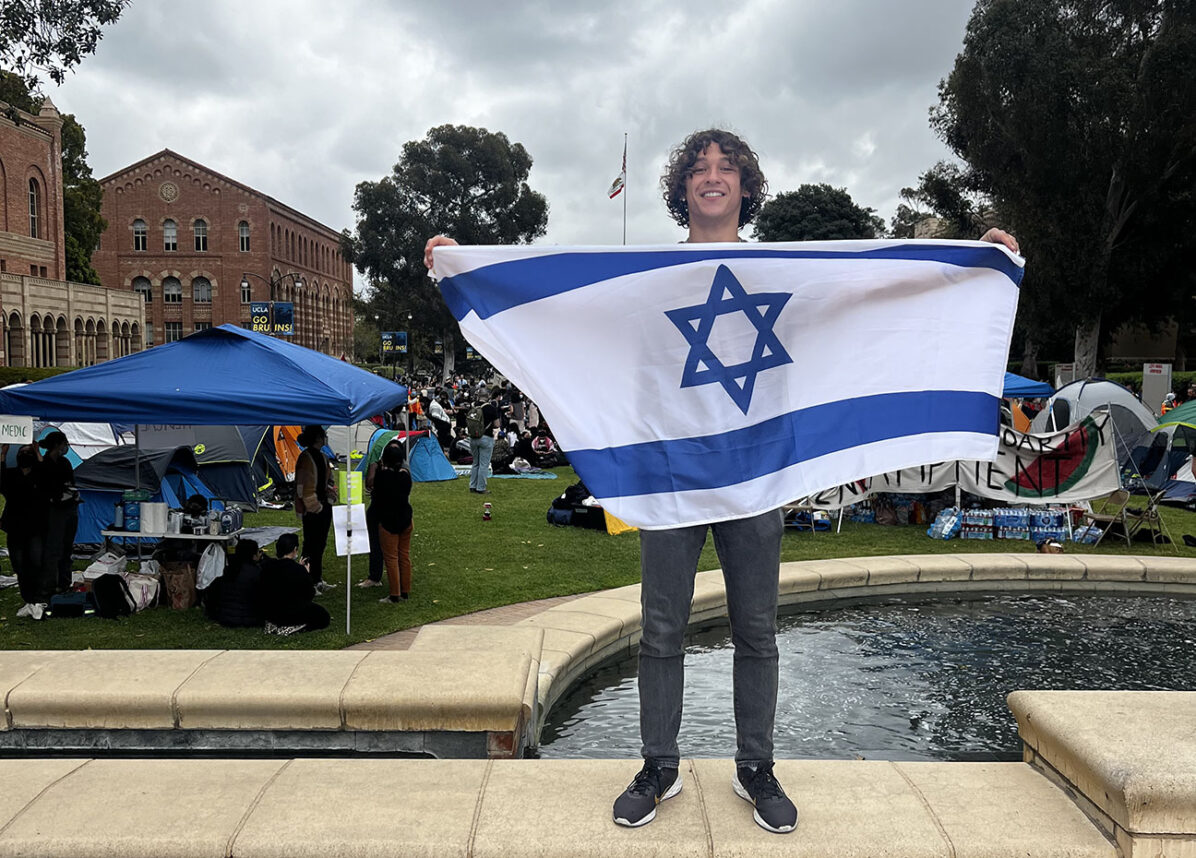


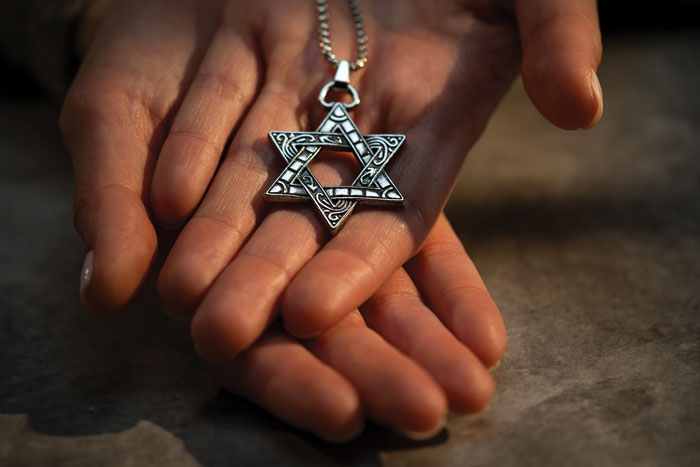

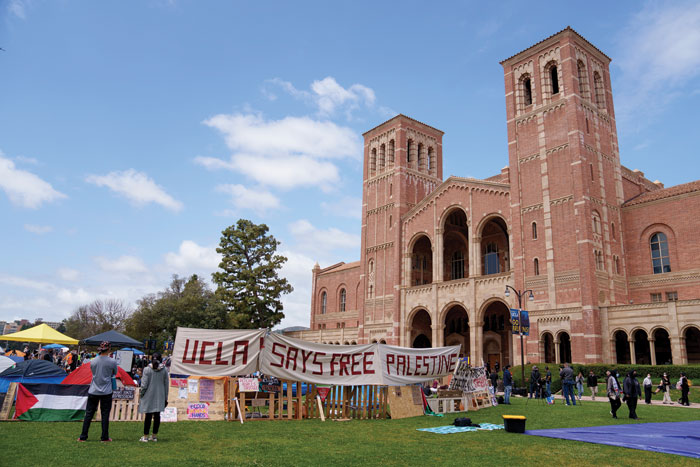


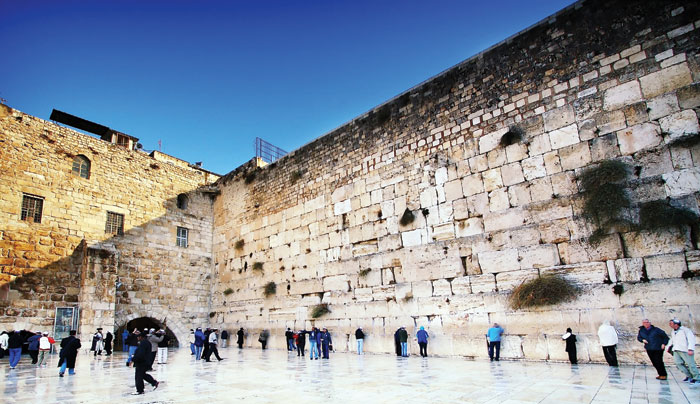
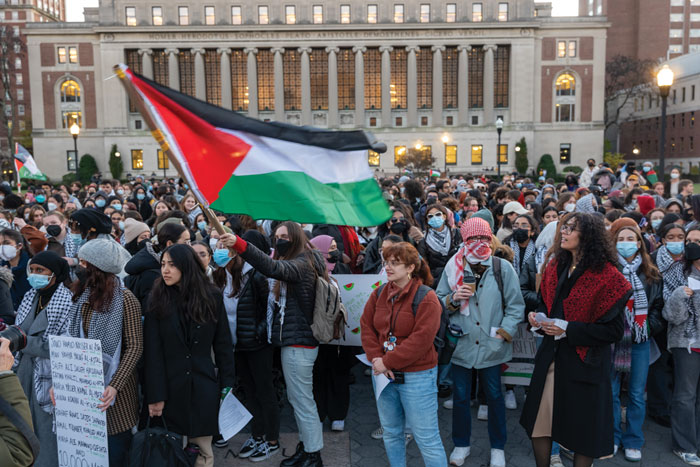
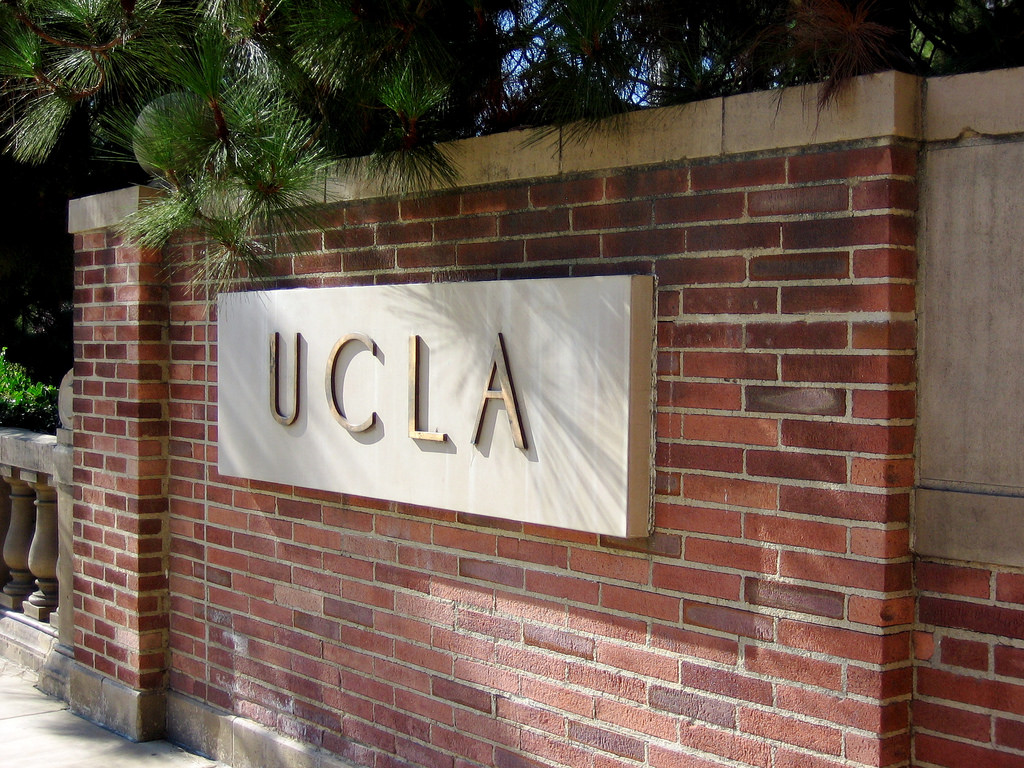





 More news and opinions than at a Shabbat dinner, right in your inbox.
More news and opinions than at a Shabbat dinner, right in your inbox.